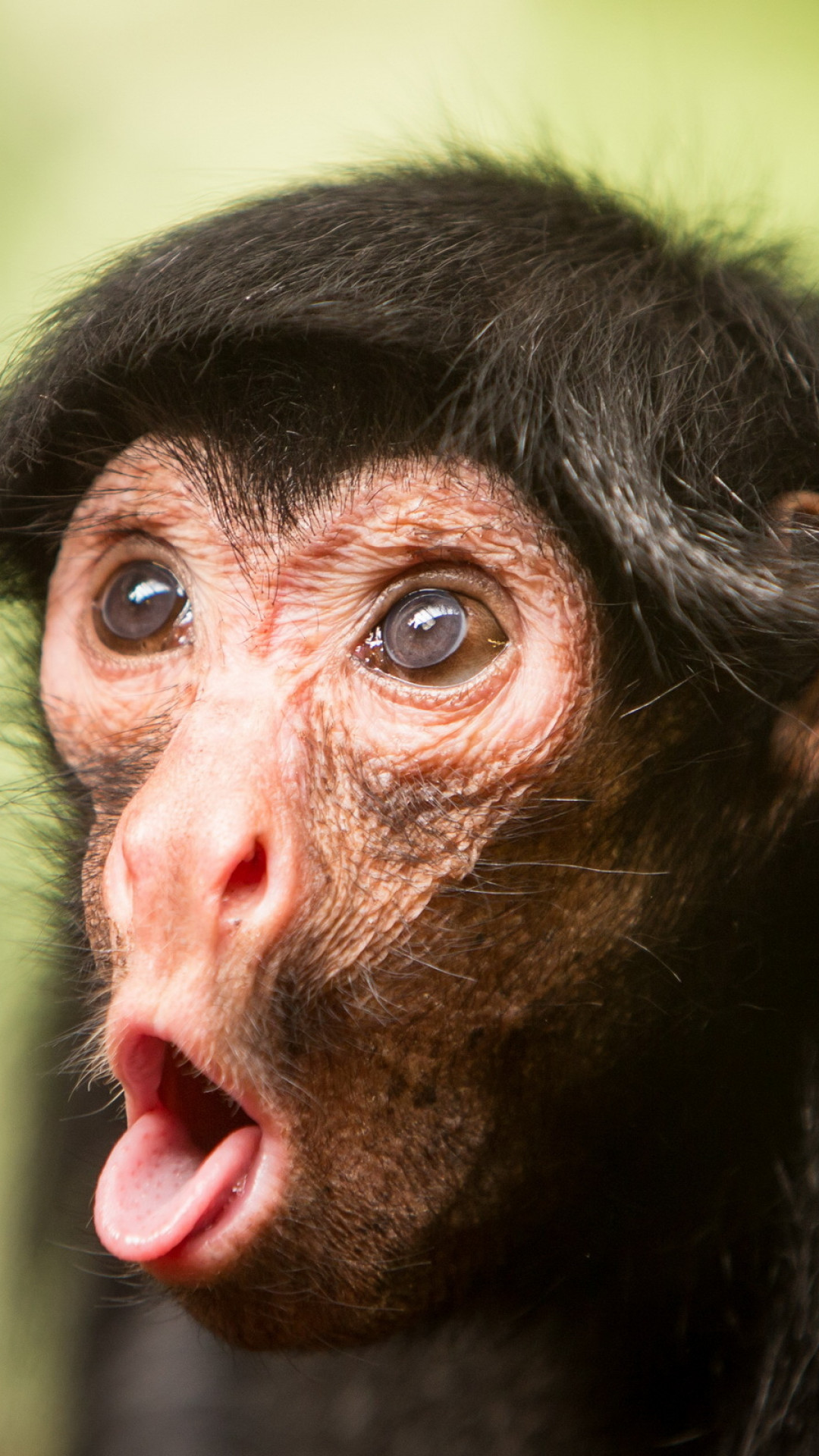
The average life expectancy of a chimpanzee in the wild is about 33 years.
#CHIMPANZEE FULL#
During this time, they travel everywhere with her, first by holding onto her stomach and later by riding on her back.Įven after they learn to walk and climb on their own, young chimps will stay with their mother until about age 7. By then, they will have developed their dark skin, a change from the pink they are born with, and they will have grown into their full height of 1-1.7 m (3-5.5 ft.). Like humans, newborn chimps need constant care.įor the first 3 years of their life, young chimps feed on milk from their mother. Baby chimpanzees are born with pink skin. Female chimps are the primary caregivers for young chimpanzees.Ī female chimpanzee can give birth starting at 12 years old. Chimpanzee Family LifeĪ single male chimp or a small group of males will lead the community. The primary predators of chimpanzees are leopards, as well as humans, who hunt them for food and to keep them away from their farmland. Together, they groom each other, protect their home range from predators, and at times, gather food. Within these communities, smaller family groups exist. They live in loose communities of between 12-100 members. They communicate with body language, facial expressions, sounds, and touch. Because they eat meat and plants, chimpanzees are omnivores. Chimpanzees have been observed creating tools out of sticks to pull termites and ants out of mounds to eat. In addition, they hunt and eat antelopes, goats, and smaller primates. They make their homes in the trees of tropical rainforests, mountain forests, and savannas.Ĭhimpanzees eat fruit, seeds, leaves, flowers, honey and insects.

In the wild, chimpanzees live in western and Central Africa. These help them climb, eat, and use branches and leaves as tools. Similar to humans, chimpanzees have opposable thumbs. Chimps share about 98.6% of our DNA.Ĭhimpanzees have dark hair, which covers everything except their face, hands, and feet.

In fact, the chimpanzee and the bonobo are humans’ closest relatives. Other great apes include bonobos, gorillas, orangutans, and humans. Great apes are different from monkeys because they have bigger brains, bigger bodies, and no tail.

Did you know that a chimpanzee is not a monkey? Although chimpanzees and monkeys are both a type of mammal called a primate, chimpanzees are actually categorized as great apes.


 0 kommentar(er)
0 kommentar(er)
